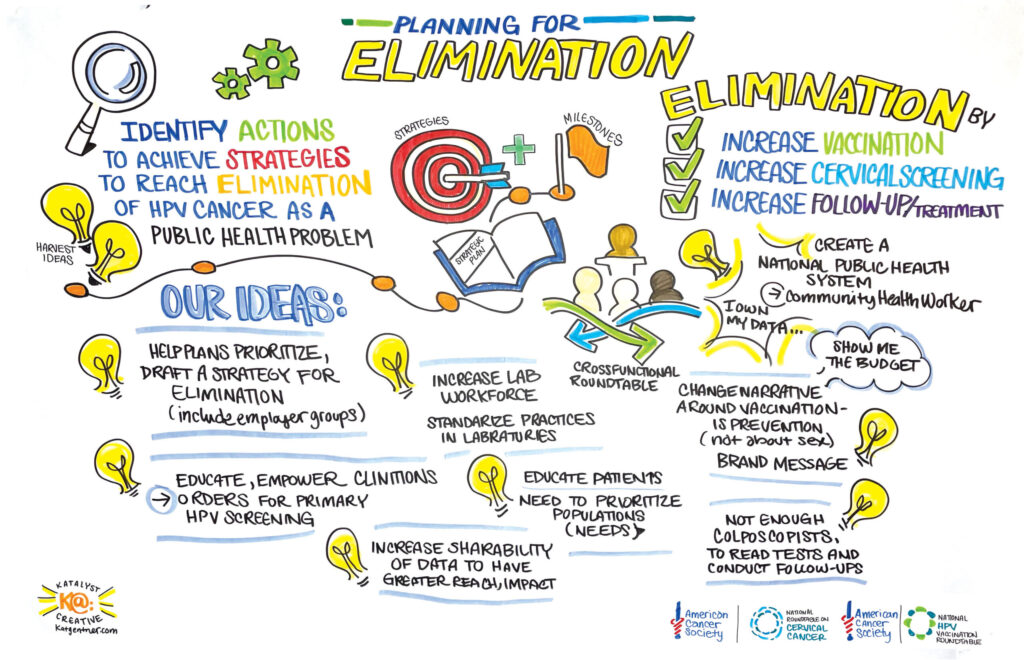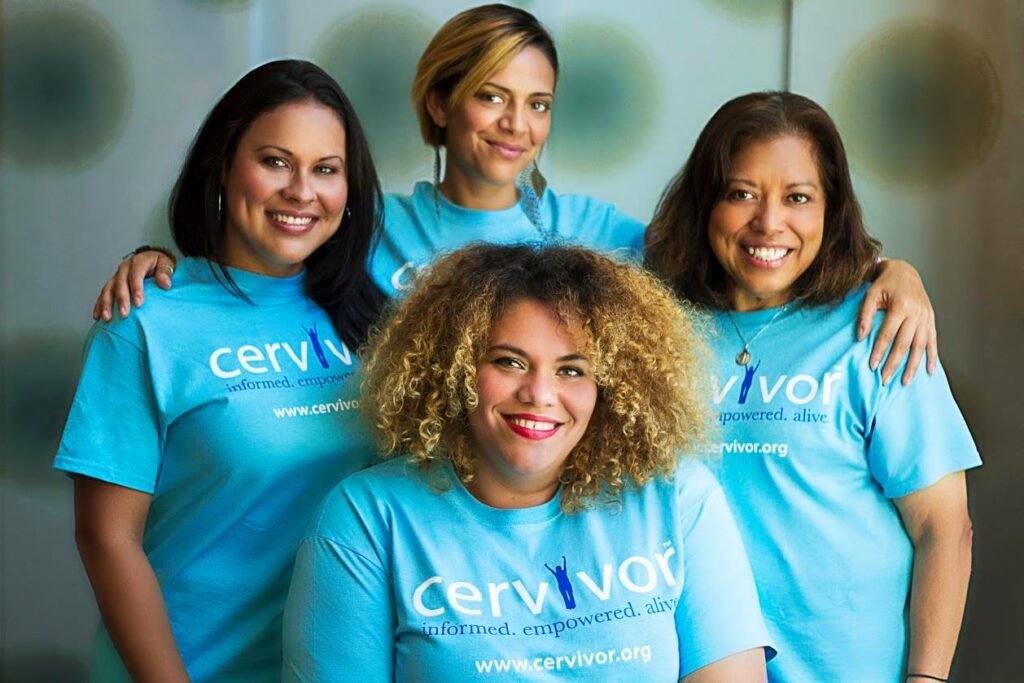Historically, Pap tests have been pivotal in identifying precancerous lesions and enabling early intervention. However, for many years the cause of cervical cancer was unknown. Cervical cancer was often treated differently than other cancers because of the lack of evidence to show the link of what caused it. Scientists shared theories that focused on the virus and a woman’s sexual activity which created a stigma that would continue for years. As medical knowledge advances, so does our understanding of the human papillomavirus (HPV), screening, and vaccination for cervical cancer prevention. Cervivor, Inc. believes in a comprehensive approach that involves embracing new technologies and strategies to enhance early detection and prevention.
Education: A Key Pillar
The organization recognizes the power of knowledge and personal stories in cervical cancer prevention. Education empowers those with a cervix to make informed decisions about their health and to pass that knowledge onto others to do the same. The organization participates in widespread awareness campaigns that not only emphasize the importance of regular screenings but also educate the general public about the Human Papillomavirus (HPV), its link to cervical cancer, and the available preventive measures. Would you like to help spread awareness? Check out our social media kit here!

HPV Vaccination: A Game-Changer
Another groundbreaking advancement in cervical cancer prevention is the development of HPV vaccines. Cervivor, Inc. stands firmly behind the importance of screening and vaccination as a primary prevention strategy. By vaccinating young individuals against HPV, we can significantly reduce the risk of cervical cancer. One way we can accomplish this goal is to hold and participate in widespread vaccination campaigns, ensuring accessibility and affordability for all. For more impactful vaccination resources, visit our partners at the National HPV Vaccination Roundtable.
Emotional Support: Nurturing the Whole Person
Cervivor, Inc. understands that cervical cancer prevention goes beyond physical health. We have to treat our whole health and emotional support is a critical component of healing. By addressing the emotional aspects of a cervical cancer diagnosis, Cervivor, Inc. aims to empower patients and survivors alike. The organization provides a safe space for individuals to share their stories and personal experiences that cultivate community and a commitment to the organization’s mission of ending cervical cancer.
Advocacy: Comprehensive Healthcare Policies
Cervivor, Inc. advocates for comprehensive healthcare policies. This includes policies that support widespread HPV vaccination, improve access to screening services, and prioritize emotional well-being in cancer care. The organization actively engages with policymakers to shape a healthcare landscape that prioritizes cervical cancer prevention on multiple fronts.

Collaboration: Become Partners in Purpose
Cervivor, Inc. recognizes the value of collaboration in achieving its mission. By partnering with healthcare professionals, researchers, and other advocacy groups, the organization strives to create a unified front against cervical cancer. As lived experience leaders, Cervivor community members serve on guideline development panels, the latest research studies, as advisory board members, and so much more. Together, these collaborative efforts can drive innovation, improve preventive strategies, and provide comprehensive support to those impacted by cervical cancer.
As we move forward in our mission to end cervical cancer, Cervivor, Inc. stands at the forefront, championing the many avenues of cervical cancer prevention. The evolution of cancer prevention tools is exciting and emphasizes the importance of education, vaccination, emotional support, and comprehensive healthcare policies. By addressing cervical cancer from multiple angles, we can create a future where the incidence of this devastating disease is drastically reduced, and the lives of those who have a cervix are safeguarded through a comprehensive and compassionate approach to cervical cancer prevention.

